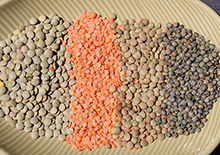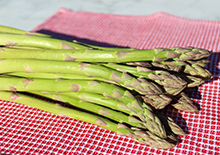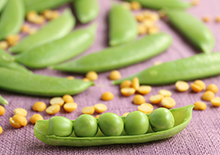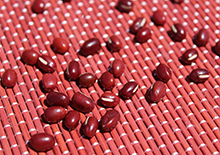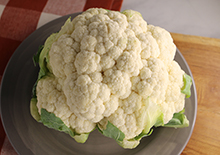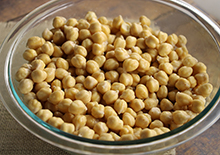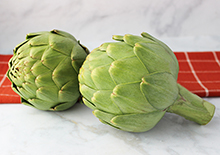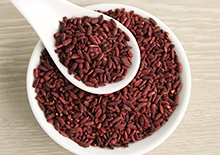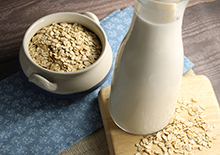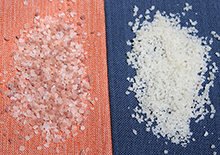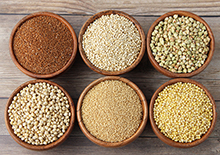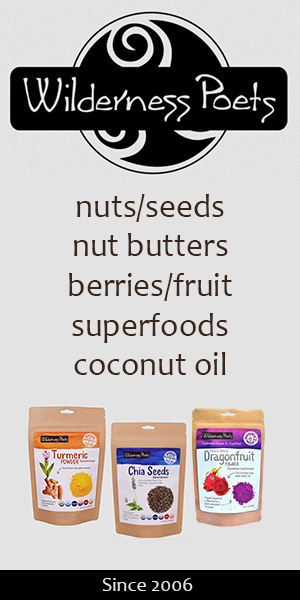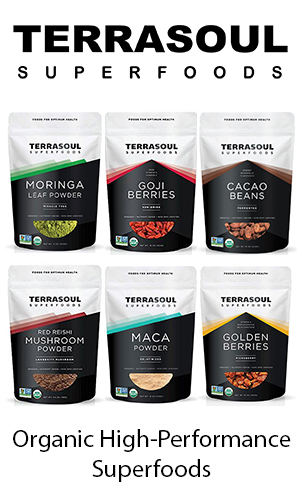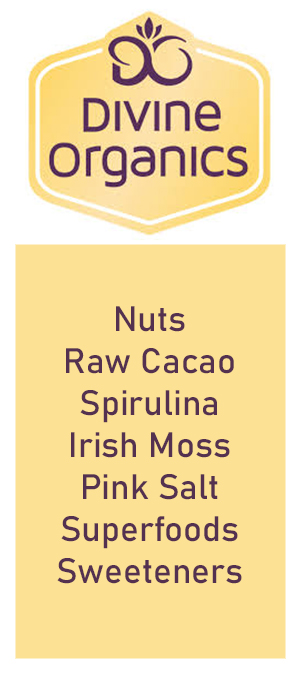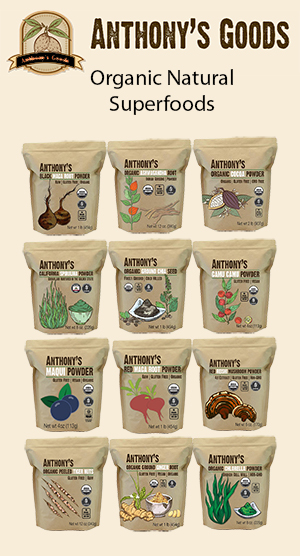- Home
- Plant-Based Cooking
- Things About Collard Greens
9 Things About Collard Greens, Historical Use and Nutrition
Brassica Family | Historical Use | Plant-Based Protein | Nutritional Benefits | How to Prepare | Glucosinolates | Chlorophyll and ALA | Cultural Use | Anti-Nutrients | Precautions
1) From the Brassica Family
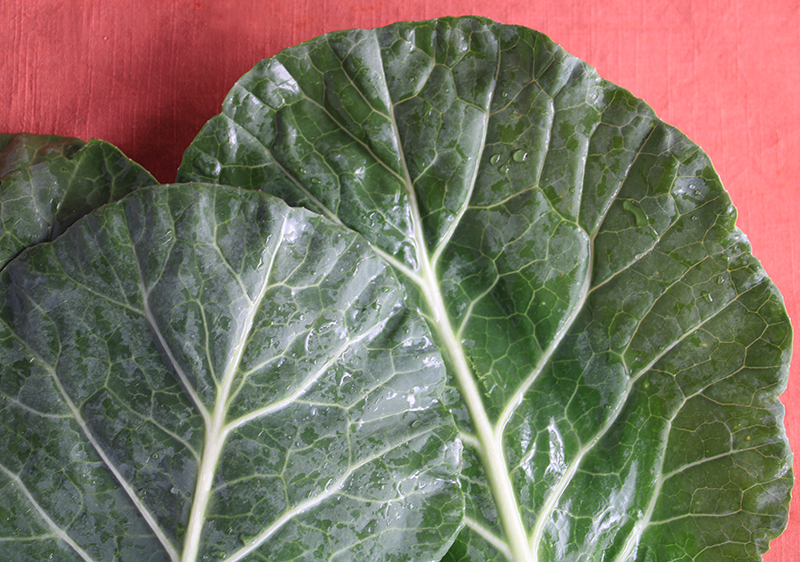
Collard greens or "collards" are the large thick dark green leaves of the collard plant that are edible when raw or cooked as a green leafy vegetable.
They are a common cultivar of Brassica oleracea species or Brassica family which includes cabbage, kale, broccoli, arugula and cauliflower.
Interestingly, collard is simply a "non-heading" version of cabbage or a loose-leaved variety "without a head" or tightly packed core of leaves.
In fact, the name "collard" is derived from the term "colewort", describing non-heading Brassica types.
This independent leaf structure makes it less vulnerable to fungus as well as more tolerant to a higher humidity.
2) Historical Use in the American South
Table of Contents
Brassica Family | Historical Use | Plant-Based Protein | Nutritional Benefits | How to Prepare | Glucosinolates | Chlorophyll and ALA | Cultural Use | Anti-Nutrients | Precautions
The collard is a hardy plant and likewise has a powerful history spanning over two centuries in the American South.
This leafy green is an iconic symbol of U.S. Southern culture and deeply rooted in African American heritage. Growing and consuming this nutrient-rich vegetable served to supplement the diet of plantation slaves during the times of slavery in the United States, a period lasting from 1776 to 1865.
It was African American culinary use over this time frame that mainly began the spread and still current-day popularity of collard across the southern states including Texas,
Arkansas, Louisiana, Mississippi, Alabama, South Carolina, Georgia, Virginia, North Carolina, Kentucky and Tennessee.
Because of its very large dense leaves as well as hardier resilient nature, the collard plant became the chosen species providing a nutritious food supply that could withstand many seasons from winter to warmer southern summer climates.
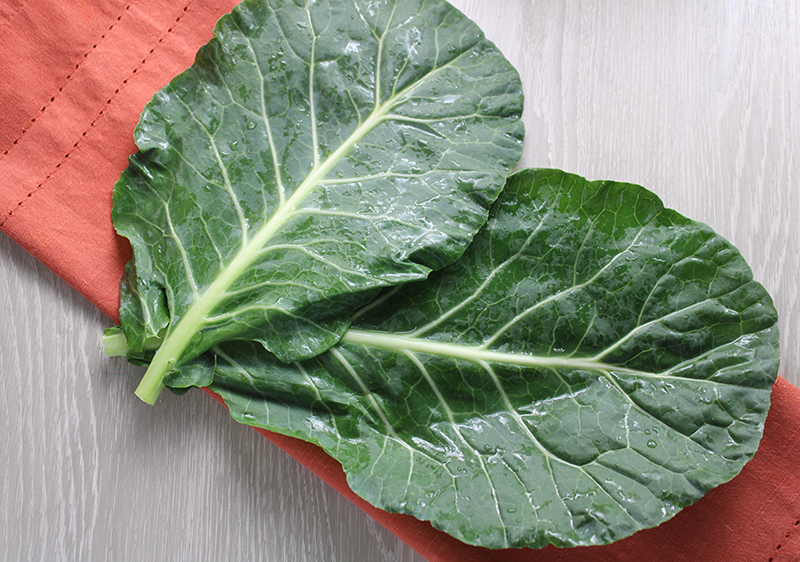
3) Plant-Based Protein Source
Many dark leafy greens contain substantial amounts of PROTEIN content and collards are no exception.
One cup of cooked collard is about 5.2 grams, or 10% the Daily Value for adults, based on a 2000-calorie diet. Slightly more than kale. Raw collard is known to have a much lower amount of protein depending on how it's prepared. Blending, marinating or fermentation can help to break down amino acids.
According to nutrition data, cooked collard contains the following AMINO ACIDS: histidine, isoleucine, leucine, lysine, threonine, tryptophan, valine, phenylalanine, tyrosine, methionine and cysteine.
Including this leafy vegetable in the diet can be great for vegans or vegetarians looking for healthy plant-based protein sources.

4) Other Nutritional Benefits
Collard greens are a great source of dietary fiber, and B vitamins like VITAMIN B6 and FOLATE and are very high in VITAMIN K as well as good amounts of VITAMIN C.
Known for their VITAMIN A content and the carotenoids beta-carotene, lutein and zeaxanthin, needed nutrients for healthy eyesight.
Commonly prepared cooked collards, according to nutritional info, are a good source of the macrominerals CALCIUM and offer a balanced ratio of MAGNESIUM required for optimal uptake.
Along with vitamin K, calcium and magnesium are beneficial for strong bones and teeth. Likewise, collard contains good amounts of manganese, iron, copper, potassium, selenium and other minerals.
One Cup of Cooked Collard Greens
Protein - 5.2g, 10% DV
Fiber - 7.6g, 27% DV
Vitamin A - 722.00mcg, 80% DV
Vitamin C - 34.6mg, 38% DV
Vitamin K - 772.5mcg, 644%
Vitamin B6 - 0.243mg, 14% DV
Folate - 30.40mcg, 8% DV
Manganese - 0.969mg, 42% DV
Calcium - 268mg, 21% DV
Iron - 2.2mg, 12% DV
Copper - 0.10mg, 11% DV
Magnesium - 39.90, mg10% DV
Potassium - 222mg, 5% DV
Selenium - 0.95 mcg, 2% DV
Adding collard greens to one's diet can help guard against vitamin and mineral deficiencies, reduce cardiovascular risk and diminish disease-promoting inflammation.
5) How to Prepare and Use Collard Greens
First, dunk the leaves in a bowl of filtered water to clean and remove any dirt or debris.
When preparing collard greens, most people remove the tough fibrous stem which can cause digestive upset.
This can be achieved quickly, much like removing the stem from kale, by folding the leaf in half and cutting out the center stalk section. Then simply roll the leaf and thinly chop.
Collard greens are typically prepared as a steamed vegetable and often served with onions, garlic or other vegetables. In the American South, they're often accompanied by pork, like ham or bacon.
In Southern cooking, it is common to simmer collard in water using the "low and slow" method of between 45 minutes to 2 hours. The longer time frame is often preferred to tenderize the leaves and reduce some of the bitterness. It is a good idea to also consume any broth liquid that remains after cooking as it contains some of the vitamins and minerals collards are known for.
We personally prefer collard greens lightly steamed which retains the leaf's bright green pigment in addition to more nutrient content.
The leafy greens are very versatile for use in soups, casseroles, chili and stir-fries. Briefly steamed whole collard leaf likewise makes a great food wrap to replace flour or corn tortillas.
They are also very nutritious served as a raw leafy green used in raw soups, green smoothies, pressed through a juicer or to make a fermented collard sauerkraut.

6) Source of Glucosinolates
As a cruciferous vegetable collards are a source of glucosinolates, antioxidants that convert to sulforaphane and indole-3-carbinol when consumed.
SULFORAPHANE is a sulfur-bearing compound that can be useful as an anti-inflammatory aid (*), a detoxification agent and beneficial for healthy skin.
IDOLE-3-CARBINOL is studied for its potential health-enhancing influence.
Glucosinolates are high in raw collard leaf but will diminish the longer it is cooked on high heat. Low-temperature steaming or stir-frying, as opposed to boiling, is recommended if you want to preserve these compounds.
7) Chlorophyll and Omega-3 ALA
The collard leaf and its very dark green color make it an excellent source of chlorophyll. Chlorophyll-rich edible greens have healing and protective qualities that help to cleanse the blood, balance body pH and are an energizing nutrient for cognitive and immune health.
In addition to chlorophyll, collard is a source of omega-3 ALA (alpha-linolenic acid) as are most winter-growing green leafy vegetables. Incorporating collard greens into the diet can therefore help to balance the effects of too much omega-6 in average daily meals.
8) Cultural Use of Collard Greens
There are of course countless recipes using collards in Southern cooking in the U.S. The green leafy vegetable is often celebrated every New Year's Day with the tradition of making a meal of cooked greens, black-eyed peas and cornbread.
Collard leaves have been consumed by people all over the planet being a hardy vegetable that's easy to grow and withstand a range of climates. Interestingly, they are often prepared in a similar fashion.
In East Africa, thinly chopped and cooked collard greens are served with ugali, a type of cornmeal cake. In other South and West African countries, it is also widely consumed frequently sautéed with onions, tomatoes and meat or as a stew ingredient.
Collard leaves are prepared in many countries of Eastern Europe as well as the Mediterranean region where they are considered a staple vegetable often accompanying smoked meats and root vegetables. They are commonly served with polenta in Italy.
In Kashmir, whole collard leaves are stewed as a soup and served with rice. In Brazilian cuisine, cooked collards are a typical side dish to fish, meat, pork or beans.
9) Collards Potential Anti-Nutrients
As we mentioned, collards are from the Brassica family making it a cruciferous vegetable. These types are reported to contain anti-nutrients known as goitrogen which can potentially interfere with the thyroid gland and how it uses iodine. This may cause problems for those with a hypothyroid or normal thyroid function in general.
Cooked collard may be better than raw in such cases. Anti-nutrients, like goitrogen and oxalates, can also be concentrated when collard greens are juiced.
Precautions:
Consult a health professional before adding collard greens to your diet on a regular basis if you are taking prescribed medications, have a serious health condition, or are pregnant or nursing.
